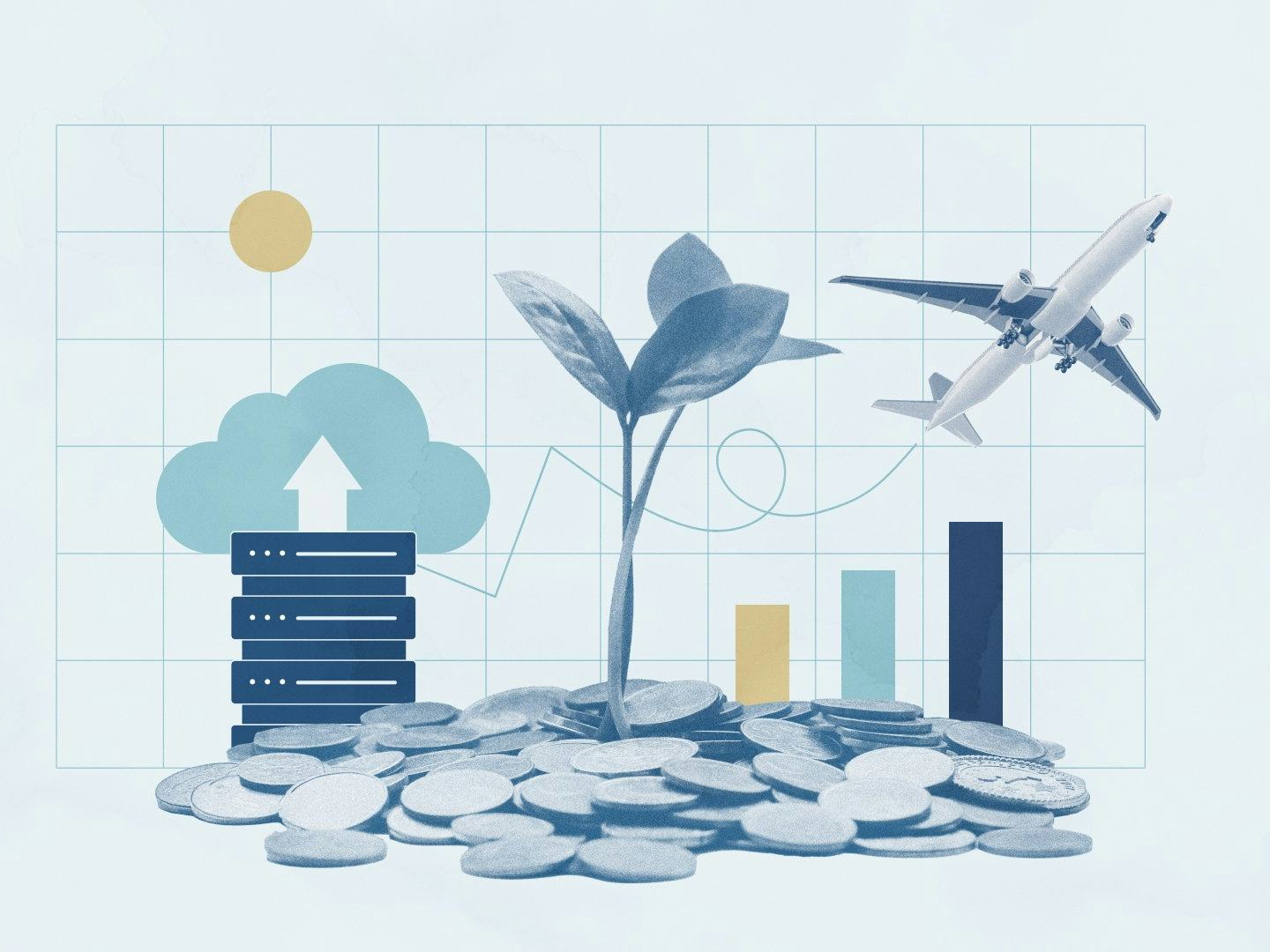25 April 2022 - Landsbankinn
The housing price index for the capital region increased by 3.1% MoM in March.
Last week’s highlights
- The housing price index for the capital region increased by 3.1% MoM in March, bringing the YoY increase to 22%.
The week ahead
- On Wednesday, the CBI will release the results of its market expectations survey.
- On Thursday, Statistics Iceland will release CPI numbers for April. We expect a 0,7% increase between months and for headline inflation to stay unchanged at 6.7%.
- Marel (Wednesday) and Icelandair Group (Thursday) publish Q1 earnings.
Markets and Economic Overview
You may also be interested in

4 Nov. 2025
Monthly newsletter of current economic affairs in Iceland.

22 Oct. 2025
The Icelandic economy will grow at a slow pace in coming years, according to a new economic forecast from Landsbankinn Economic Research. Gross domestic product (GDP) contracted by 1.0% last year, largely due to a negative contribution from foreign trade, but this year the outlook is for 1,5% growth in GDP. Strong private consumption and increased exports appear to have vitalised the economy this year; however, various forces are restraining growth and will continue to cool the system in the years ahead.

1 Oct. 2025
Monthly newsletter of current economic affairs in Iceland.

1 Sept. 2025
Monthly newsletter of current economic affairs in Iceland.

1 August 2025
Monthly newsletter of current economic affairs in Iceland.




9 April 2025
Landsbankinn Economic Research forecasts 1.4% economic growth this year and 2.1% next year. The economy has cooled down following a robust period of growth in the years after the pandemic and we now anticipate a slow start.

1 April 2025
Monthly statistics analysis and an overview of current economic affairs in Iceland.